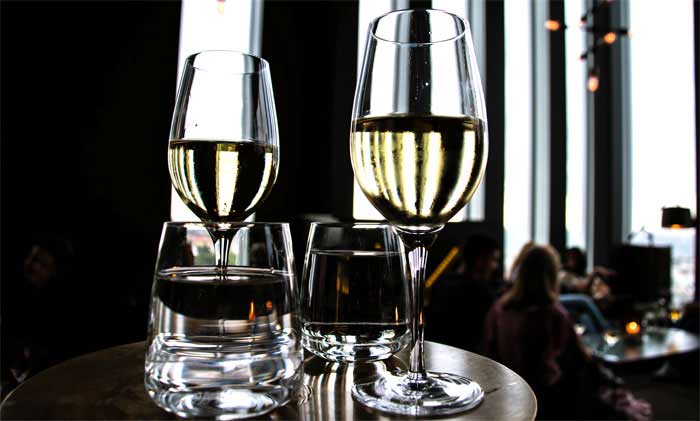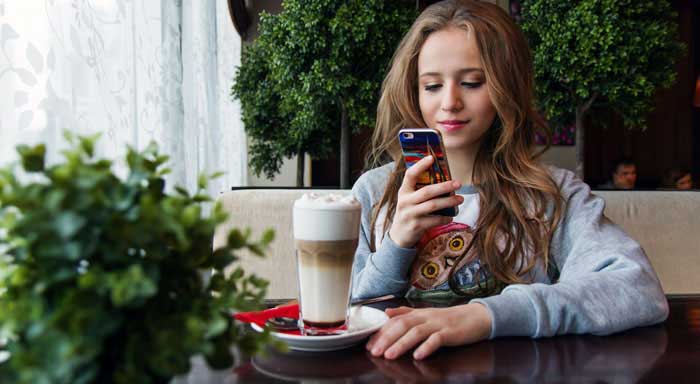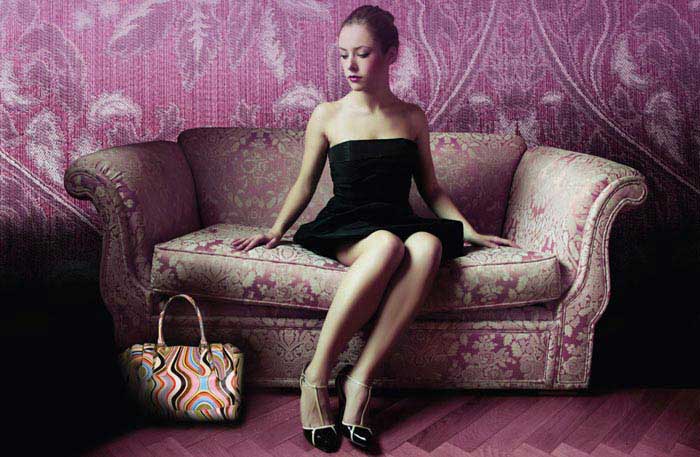It's a delicate situation. The person in charge of your pay checks and any potential promotions has invited you after work for a couple of casual pints, and of course you have to say yes because he's your boss, and you want to be appealing and liked by him as he is the person who will be able to push you higher up the corporate ladder, but you have to remember that it's never really casual and that it's a minefield of possible disasters. Here are some things to look out for.
When it comes to settling the cheque, while you know that your superiors earn a considerable more than you do and you're possibly down to your last few dollars to last you the rest of the week, offer to pay. Your boss will most likely decline your offer of payment, but it will leave a positive impression. By tipping the bar staff you will also imply that you are a generous and kind person.
Be careful with your intake. Your boss may peer pressure you into drinking copious amounts, and while he or she may be disappointed that you cannot keep up, they will be even more disappointed if you become embarrassingly drunk. Be careful to control your consumption, even when somebody else is paying - you have to be in control of your actions and your words to ensure you leave them with the correct impression.
Try not to talk about work. This is a chance to get to know your superior on a personal level and to appeal to his more intimate and less professional self. Also, by talking about work you can possibly slide into back chatting or gossiping over employees in the company which your boss might not see eye to eye on.
Make sure not to linger too long, especially if the boss is paying. This will show that you don't want to be an expensive inconvenience and that you're not taking advantage of their generous offer, but also the longer you stay and the more alcohol you consume, the more likely you are to bring up something in conversation that you will later regret. While this is a casual and intimate environment, you still need to be perceived as a professional to be able to impress your boss.
By consistently refusing the offer to go to the bar, you could be perceived as a negative person who is not open to suggestion, adaptation or new ideas, and it can also suggest you are an anti-social person. You do not have to drink alcoholic drinks to be in attendance, and a non alcoholic drink allows you to keep your wits about you and ensures that you are still bonding with your employees and not purposely missing the opportunity. Nobody will judge you negatively for not drinking something alcoholic.
And above all, remember that the reason for attending is networking, and not to get drunk and party. The drinking is merely the setting, the purpose is to create stronger connections.




